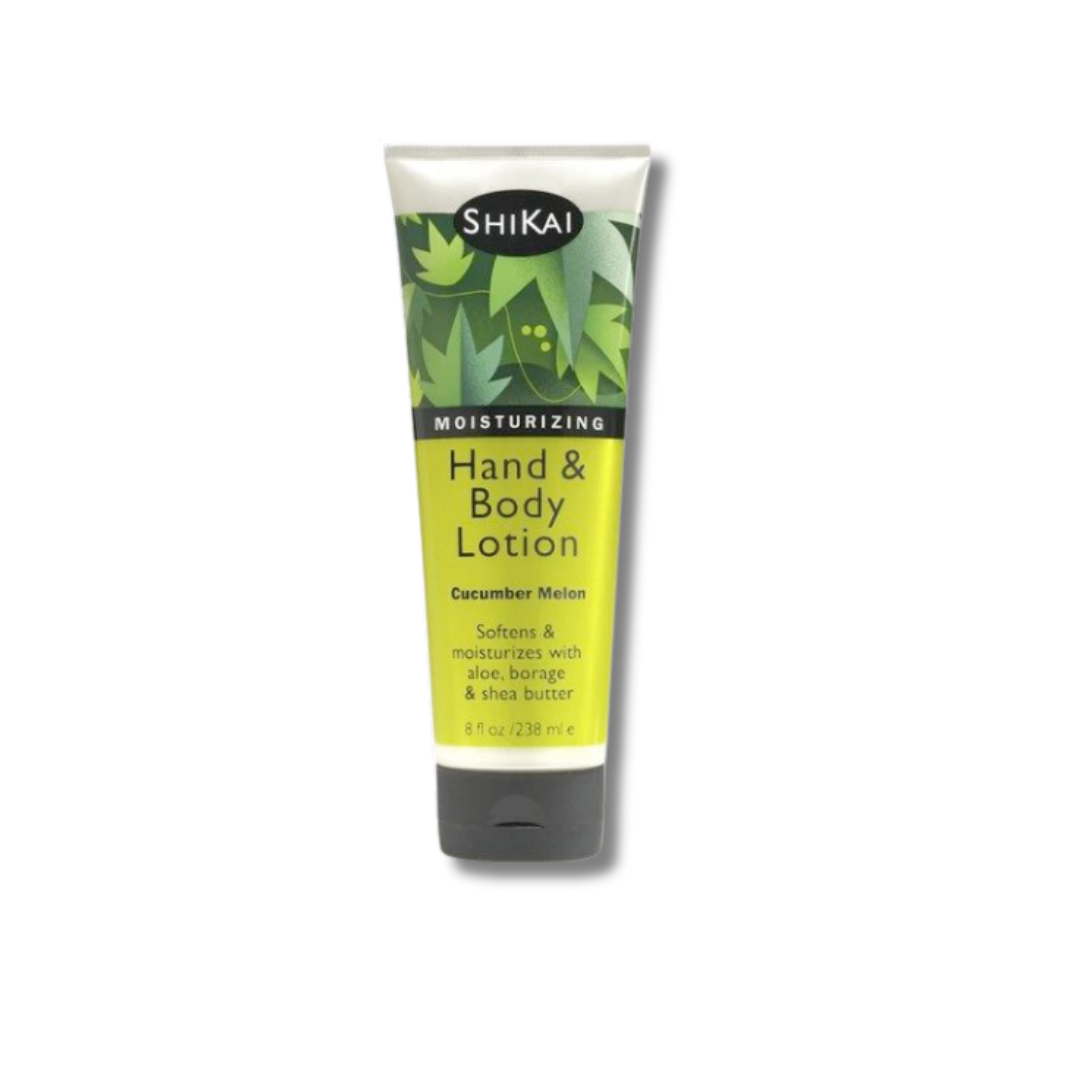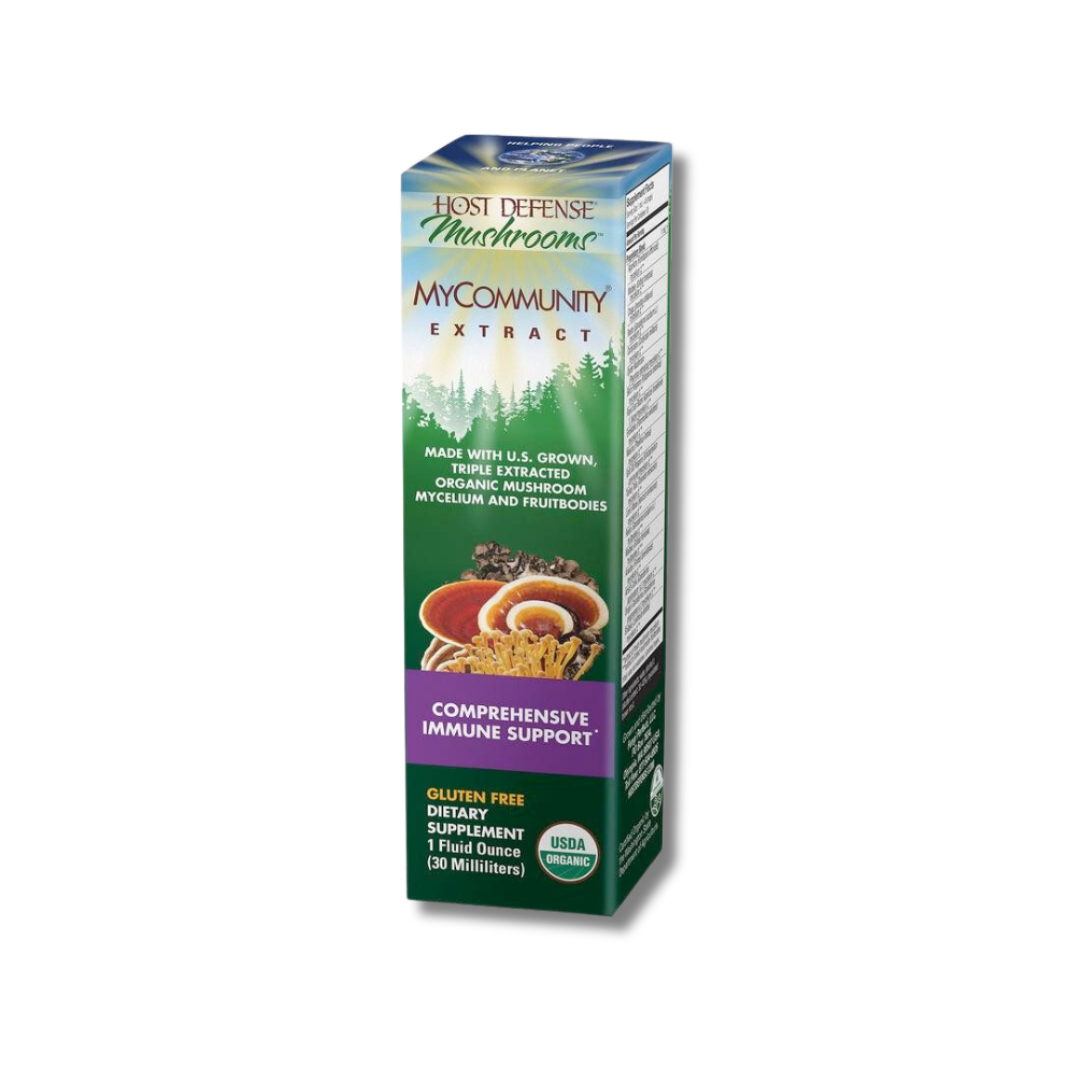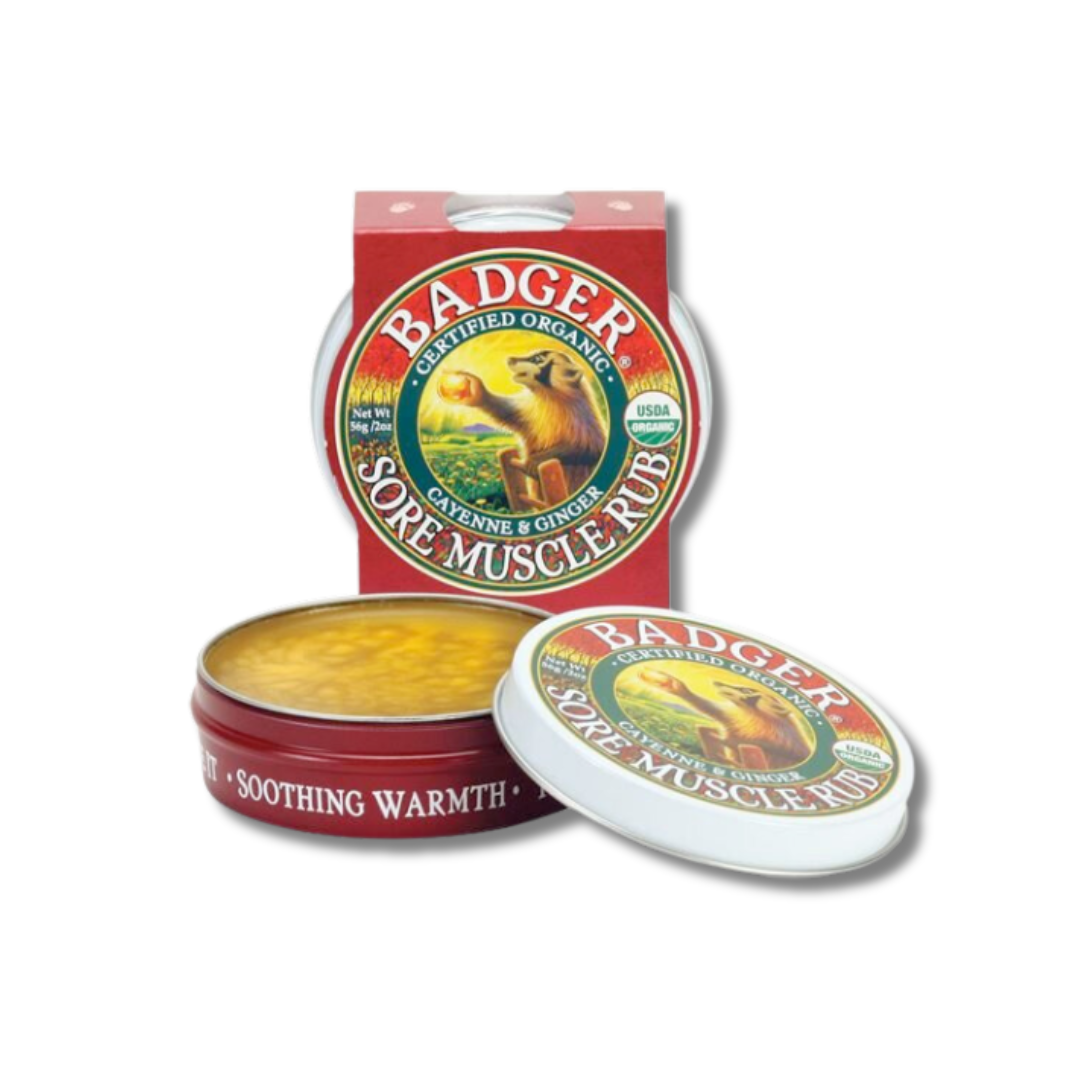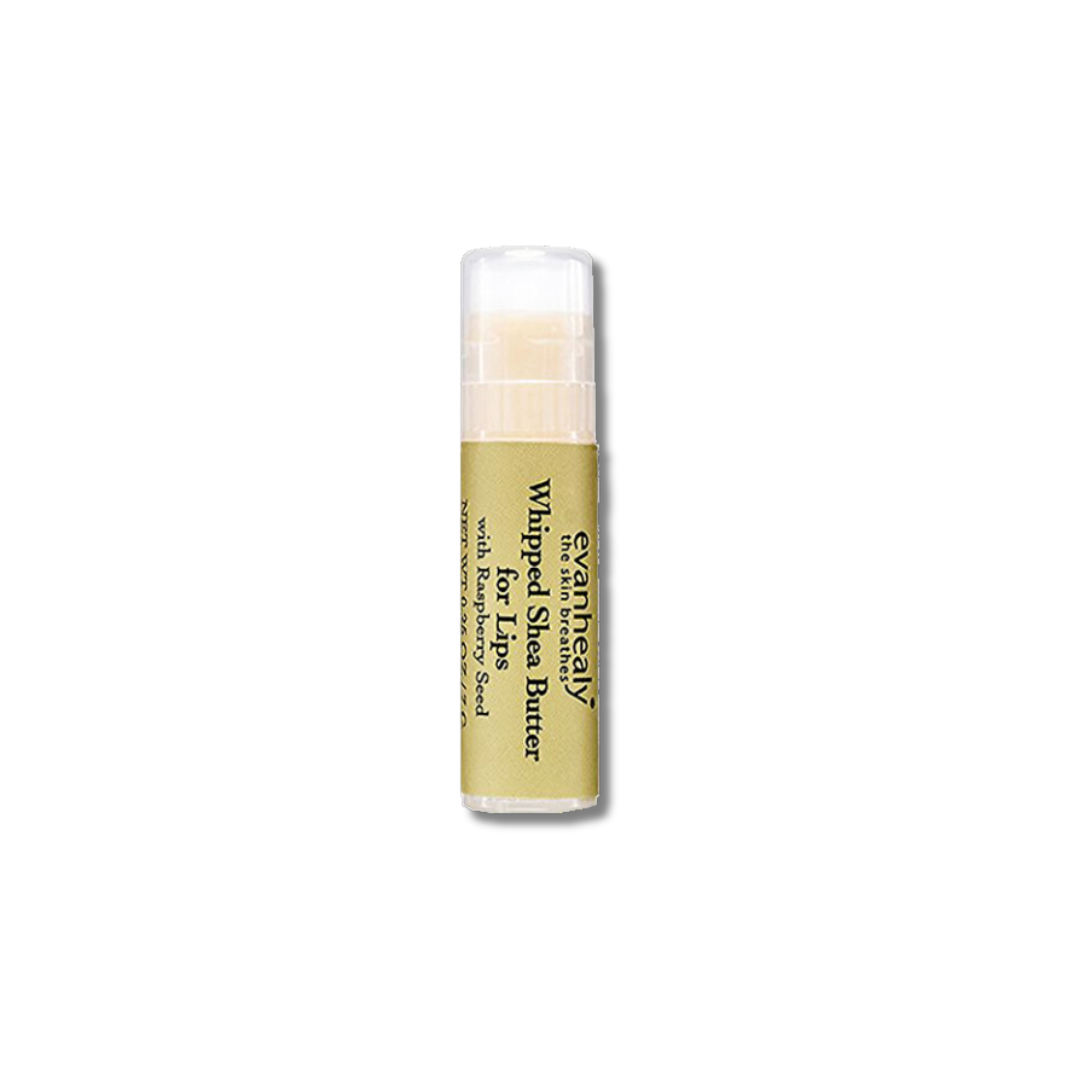By Amber S, Supplements Buyer
The moment February dawns, you'll see them everywhere. Cartoony, symmetrical shapes in all shades of red, pink, and white pop up on chocolate boxes, greeting cards, and candies. Our brains recognize them instantly as hearts, but they're a far cry from the lumpy red organs inside our chests.
The heart has always been regarded highly. The Ancient Egyptians saw it in a dual role as the seat of emotion and memory (the brain was seen as unimportant). During the Middle Ages, the iconography of the symmetrical, double-lobed heart shape became solidified, as did its association with sentiment. To those early physicians and philosophers, the connection was clear: you see someone you love, and your heart pounds in your chest. Or anger spurs your heart rate to soar, filling you with energy. Or fear quickens your pulse, your heart fluttering like a rabbit's. The heart quickly became seen as the seat for the very strongest of human emotions.
And yet for all its associations with emotion, the heart plays a distinctly more practical role in the body. It was the English physician William Harvey who, in 1628, first described the circulatory system in his work De Motu Cordis (An Anatomical Account of the Circulation of the Heart and Blood). His fundamental anatomical experiments proved the heart is a pump whose muscle contractions circulate blood throughout the body. He also concluded that some blood vessels drew oxygen-rich blood away from the heart to the limbs and brain whereas others brought depleted blood back to the heart to be restored, thus differentiating veins and arteries.
For as long as humans have known about the importance of the heart, we have devised methods to keep it healthy. Traditional Chinese Medicine, which calls the heart "the emperor of the human body", credits it as the resting place of the shen, or spirit. Early Chinese medical practitioners used a variety of herbs and foods to stimulate the heart, including ginseng (panax ginseng) and red foods like cherries, red beans, and beef. In Ayurvedic tradition, the heart is responsible for moving prana (life force) around the body, and is nourished with herbs like arjuna (arjuna terminalia) and amla (phyllanthus emblica). Those remedies are still in use today alongside newer contemporary remedies.
In the early 1800's, North American physicians began using hawthorn (crataegus sp.) to treat cardiovascular conditions (a technique they doubtlessly picked up from Indigenous communities). Traditional Chinese Medicine commonly uses hawthorn for the same reason, and the scientific evidence is promising. Studies in animals have shown it to have vasodilatory properties, relaxing constricted blood vessels to allow greater blood flow. Hawthorn is also high in flavonoids and antioxidants, plant chemicals known for preventing cellular damage. A member of the rose family, the deep-red berries can be used in teas or even incorporated into jams and pastries, and it pairs well with flavors of hibiscus and rose. The leaves and flowers are also used, though they're lower in the phytochemicals that make hawthorn such a powerhouse.
The Ancient Greek physician Hippocrates, who is often called the 'father or modern medicine', used a different remedy for cardiovascular problems in his patients: the odorific allium we love to nosh on with pasta and potatoes, garlic. Similar to hawthorn, garlic's antioxidant content has shown promising results in lowering LDL ('bad') cholesterol, thus improving the efficiency of blood flow and heart function. Garlic is a popular herbal remedy for improving heart health, especially because it's delicious and easy to incorporate more of into your diet. It does also come in capsules, fortunately, for individuals looking for a more convenient option (or folks who aren't exactly keen on the idea of walking around smelling like a pizza).
Omega-3 fatty acids, such as the ones in fish oil, are a more recent addition to the heart health canon. Eicosapentaenoic acid (EPA) and docosahexaenoic acid (DHA), two of the primary omega fatty acids, have shown evidence of reducing the risk of heart attack or stroke in patients with existing cardiovascular disease. For those who do not currently have heart disease, omegas (either obtained through food or supplements) can still have benefits to heart, eye, and brain health.
Of course, caring for your heart goes beyond what you put into your body. The American Heart Association recommends reducing the amount of sugar in your diet, lowering your consumption of trans fats, quitting smoking or vaping, and getting enough exercise. Given the prevalence of heart disease in the United States today, cardiovascular care has taken a place as one of the foremost health concerns facing individuals today.
In 1964, February was declared American Heart Month in a bid to reduce rising rates of cardiovascular disease. This year is the 60th anniversary of its inception, and heart health is still as important as ever. Recent developments in heart health awareness have brought attention to things like the increased rates of heart disease among people of color due to systemic inequalities in the health-care system; the different ways in which heart attacks may present in women; and the importance of heart health for children.
Writing this blog post has made me remember a book from one of my favorite science writers, Bill Schutt, that I saw at Porter Square Books the other day and didn't pick up: "Pump: A Natural History of the Heart".
Yeah, I might need to go get that now.
You can check out Cambridge Naturals' entire stock of heart health supplements online here, or come into our location in Porter Square to see them in person!
The information in this blog post is not intended or implied to be a substitute for professional medical advice, diagnosis or treatment. Always seek the guidance of your doctor or other qualified health professional with any questions you may have regarding your health or a medical condition.
Sources:
https://www.mountsinai.org/health-library/herb/hawthorn
https://www.nccih.nih.gov/health/garlic
https://www.euyansang.com/en_US/tcm%3A-understanding-the-role-of-the-heart/eystcmorgans1.html




























